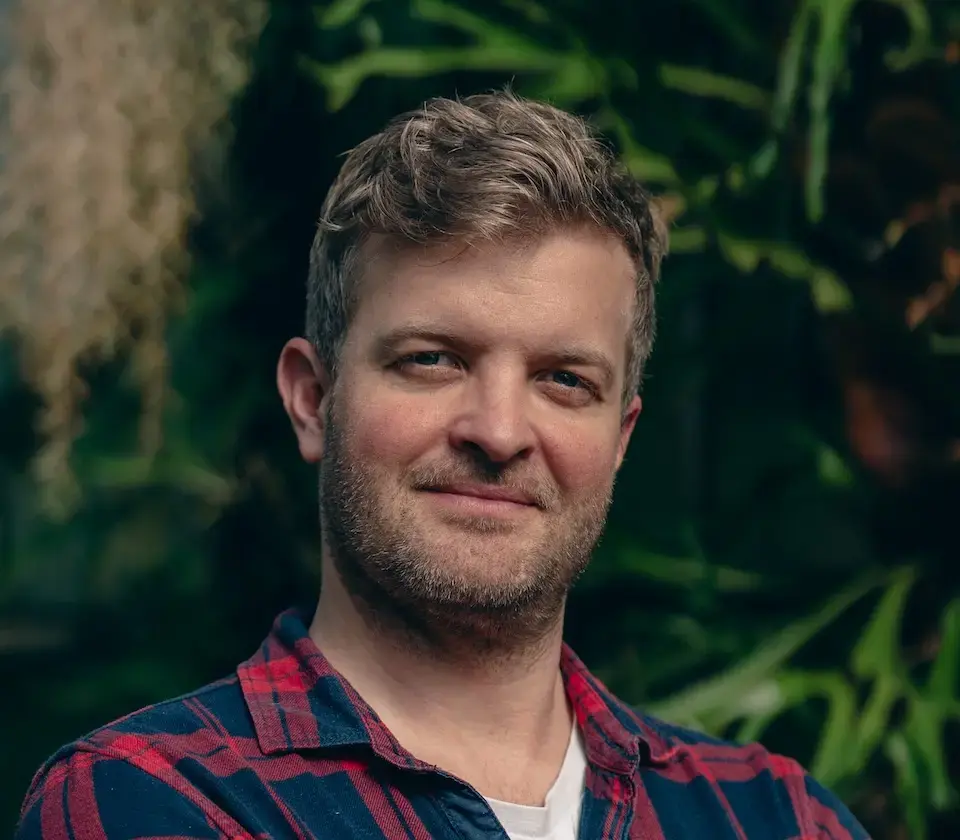You build it, you run it in the Alps: from agency support to in-house development
from Ursin Saluz at
The evolution of the Inside LAAX app
Originally conceived as part of the Weissen Arena konzipiert, the creators of the Inside Laax app spun off as Inside Labs in 2016 in order to scale the app with an independent positioning and develop a larger market. The first steps of the app were taken by the innovative minds at Inside Labs. An impressive ecosystem of tickets, gamification, timetables, e-shuttle, gastro table ordering and even a loyalty points system was created. Everything was combined in a backend that ran as a container in the cloud and could be dynamically scaled - a technical masterpiece for the tourism industry.
Through my work at Namics & Merkle, I already had experience with digital ecosystems and had also implemented projects in the area of custom software development, e.g. at Clyde, an auto-subscription company. So I wasn't put off by complex systems - on the contrary: I was fascinated and eager to get involved and develop new features, making the app, in a way, my own baby.
The move to in-house development
As a result of our enthusiasm, the backlog of features grew steadily. Inside Labs could no longer keep up with the Weisse Arena Group's hunger for more standardisation in its products, so the decision was made to bring development back in-house. We quickly set about recruiting developers and building a strong team that could take the development of the app into their own hands.
Surprisingly, the first senior developer was quickly found - he already had a history with the app, having previously developed for Inside Labs. This brought valuable know-how and significantly shortened the explicit handover. A stroke of luck that saved us a lot of time and enabled us to get off to a flying start.
However, one developer was far from enough to get our ambitious project off the ground. So we continued our search and, within a remarkable 10 months, built a strong team of three senior developers and one junior developer. There was no explicit PO role at the start - we were three project managers with our fingers in all the pies, working together to set the direction.

The implicit aspects of know-how transfer and, above all, team building took a little longer than expected. It took some time for everyone to find their role and for ownership of the systems and platforms to be fully transferred to the Weisse Arena group. The relationship with Inside Labs was also a bit tense at the beginning - the decision to bring the application back to Weisse Arena had a direct impact on the young product developers. However, we have always maintained good contact and continued to work together, particularly in the areas of marketing, automation and engagement.
Hats in abundance: my roles and how they evolved
As the structures have become more internalised, my role has evolved. In the beginning we had a lot of freedom and we worked hard to be as self-determined and transparent as possible. As a strong advocate of self-organised teams, I have always tried to empower the team to develop and refine their own processes.
We held regular retrospectives to strengthen collaboration and establish a continuous improvement process. Regular interaction with internal and external stakeholders, such as the Destination Management Organisation (DMO), was as much a part of our daily work as sharing our plans and roadmaps. I can't count the number of times we have adapted our roadmap to respond to changing needs and priorities - agility in its purest form.
The team environment has also developed steadily. The developers have organised themselves, trained each other and slowly but surely grown into a real team - with all the challenges that come with different ideas and ways of working. A particular milestone was the hiring of a UX designer, first part-time and then full-time. This brought a whole new dynamic and quality to the team. Suddenly we were able to present and communicate our work in a visually appealing way, which created a whole new basis for discussion with stakeholders.
The only thing that remained for us to do was to set ourselves up operationally so that we could deliver value in a structured way and at the same time ensure the stability of the system, according to the DevOps philosophy.
My main responsibilities included supporting various systems such as Infosnow (live map and live data), Braze (campaign & engagement), Guidle (events & POIs) as well as the CMS and ticketing systems. We ran prioritisation and feature workshops with stakeholders to guide development. I was also involved in the operational side of things: Maintaining content, testing and launching new tickets, defining and implementing discount logic and tokens.
Over time, I even ventured into more technical areas - performing code reviews, making minor code changes myself, and deploying new versions of our Metabase instance on AWS Elastic Beanstalk, learning about technologies such as Docker. Regular on-call duty at weekends and holidays was also part of my role - a challenge, but one that sharpened my understanding of the importance of our systems. A big thank you goes to my line manager, who always encouraged me to learn new things, and to the whole team, who made the process easier with their patience and support.
In the next post, I'll take you behind the scenes of the systems operation and share my most valuable experiences from three years at Weissen Arena AG - including real challenges, exciting findings and practical insights!
